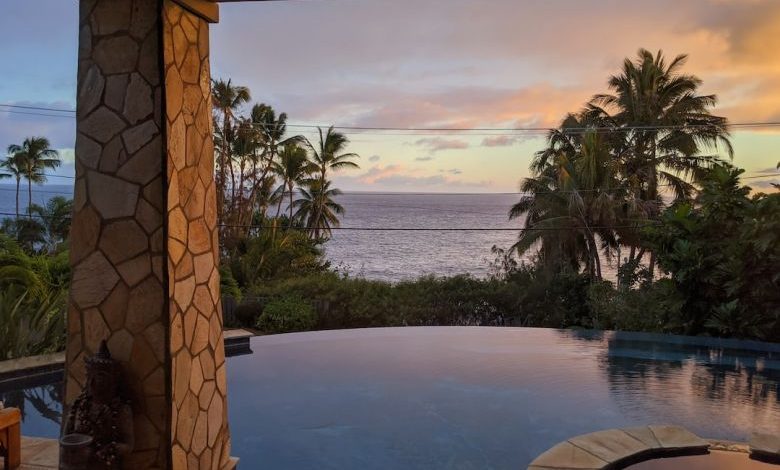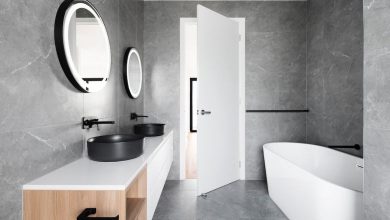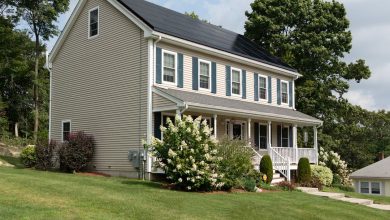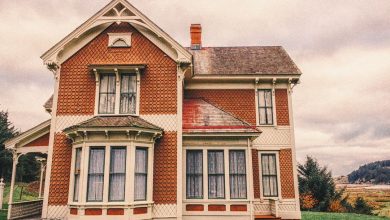What Are the Best Home Designs for Tropical Climate?

Living in a tropical climate can be both beautiful and challenging. The warm weather, lush vegetation, and stunning beaches are all part of the allure. However, the high temperatures, intense humidity, and heavy rainfall can pose difficulties when it comes to designing and building homes. If you’re considering building a house in a tropical climate, it’s important to choose a design that not only embraces the natural beauty of the surroundings but also provides comfort and protection from the elements. Here are some of the best home designs for tropical climates.
Open Floor Plans
One of the key considerations when designing a home in a tropical climate is airflow. The aim is to create a space that allows air to circulate freely, keeping the house cool and reducing the need for air conditioning. Open floor plans are ideal for this purpose. By removing walls and barriers, you can create a seamless flow of air throughout the house. Large windows and doors can also help to bring in natural light and fresh air.
High Ceilings
In addition to open floor plans, high ceilings are another effective way to improve airflow in a tropical home. Tall ceilings create a sense of spaciousness and allow the hot air to rise, drawing cooler air from below. This natural ventilation system helps to keep the house cool and comfortable even on the hottest days.
Outdoor Living Spaces
One of the great advantages of living in a tropical climate is the ability to enjoy the outdoors year-round. Incorporating outdoor living spaces into your home design can help blur the boundaries between the indoors and outdoors. Covered patios, verandas, or balconies provide shaded areas where you can relax and entertain. These outdoor spaces can be designed with comfortable seating, ceiling fans, and even outdoor kitchens to maximize your enjoyment of the tropical climate.
Natural Materials
When it comes to materials, it’s important to choose options that can withstand the tropical climate. Natural materials such as wood, bamboo, and thatch are not only aesthetically pleasing but also have excellent thermal properties. These materials help to regulate temperature and provide insulation. Additionally, they blend harmoniously with the natural surroundings, creating a sense of tranquility and serenity.
Roof Design
The design of the roof plays a crucial role in protecting a tropical home from the elements. In areas with heavy rainfall and strong winds, a steep sloping roof with large eaves is recommended. This design allows rainwater to quickly drain away and provides shade to prevent the sun from directly heating the house. Additionally, using light-colored or reflective roofing materials can help to reduce heat absorption and keep the interior cool.
Natural Ventilation
In a tropical climate, relying solely on air conditioning can be costly and energy-intensive. Incorporating natural ventilation techniques into your home design can help reduce your reliance on air conditioning and lower your energy bills. Features such as cross-ventilation, louvers, and strategically placed windows can facilitate the flow of air and create a comfortable indoor environment.
Landscaping
When designing a home in a tropical climate, it’s important to consider the landscaping as well. By choosing native plants that are adapted to the local climate, you can create a low-maintenance and sustainable garden. Native plants are accustomed to the conditions and require less water and maintenance. Additionally, trees and plants can provide shade, reducing the heat island effect and improving the microclimate around your home.
In conclusion, designing a home for a tropical climate requires careful consideration of various factors such as airflow, natural materials, and protection from the elements. Open floor plans, high ceilings, and outdoor living spaces allow for better ventilation and a seamless connection between indoors and outdoors. Choosing natural materials, incorporating effective roof designs, and utilizing natural ventilation techniques can all contribute to a comfortable and sustainable home. Lastly, landscaping with native plants can enhance the beauty of your surroundings while also benefiting the local ecosystem. By incorporating these design elements, you can create a home that not only embraces the tropical climate but also provides a sanctuary from its challenges.




